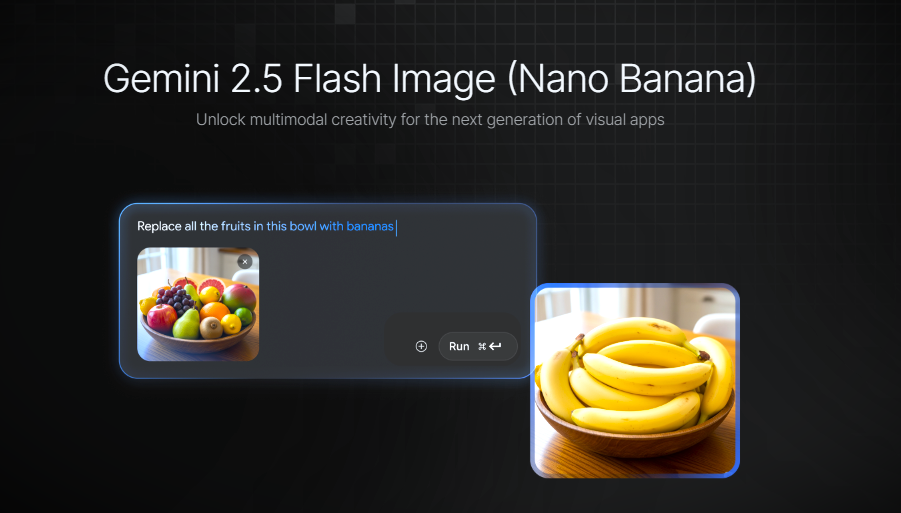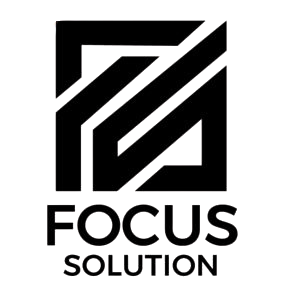The Rise of Nano Banana: How Google’s Latest AI Tool is a Game-Changer

In the ever-evolving landscape of artificial intelligence, a new tool has emerged from Google that is not only capturing the attention of tech enthusiasts but is also sparking a viral trend across social media. Nicknamed “Nano Banana,” this innovative feature, officially part of the Gemini 2.5 Flash Image model, is fundamentally changing how we interact with and create digital imagery. Far from just another image generator, Nano Banana is proving to be a game-changer due to its remarkable accessibility, versatility, and ability to create hyper-realistic 3D art from simple inputs.
What is Nano Banana?
At its core, Nano Banana is an AI-powered image editing and generation tool integrated into Google’s Gemini platform. It allows users to transform ordinary photos into stunningly detailed 3D models, avatars, and custom scenes with just a photo and a natural language prompt. The most popular use case, and the one that has fueled its viral spread, is the creation of “3D figurines” or “mini-me’s.” Users can upload a photo of themselves, their pets, or even a public figure and, with a few words, turn them into a polished, collectible-style figure complete with realistic textures, lighting, and packaging mockups.
The Game-Changing Features
So, why is Nano Banana being hailed as a game-changer?
1. Unprecedented Accessibility: Unlike traditional 3D modeling and digital art, which require complex software, technical skills, and a significant time investment, Nano Banana democratizes creativity. Anyone with an internet connection and a Google account can use the tool for free. The process is intuitive and fast, taking only minutes to generate high-quality results. This ease of use has empowered a new generation of digital creators, from casual users to influencers and small businesses, to produce professional-grade visuals without a steep learning curve.
2. Hyper-Realistic Output and Detail Retention: Nano Banana’s core strength lies in its ability to maintain subject consistency and generate incredibly detailed and realistic outputs. The AI model has been specifically trained to preserve facial features, body characteristics, and even pet appearances across different edits. This solves a major problem with earlier AI tools, which often struggled to produce consistent characters. With Nano Banana, a user can place the same character in different scenes, change their clothing, or alter their style, and the AI will ensure the likeness remains true to the original. This is particularly powerful for creating cohesive visual narratives and brand assets.
3. Versatility and Creative Flexibility: Beyond creating 3D figurines, Nano Banana offers a wide range of creative possibilities. Users can:
- Change Outfits and Locations: Instantly place subjects in new scenarios, from a historical setting to a futuristic cityscape.
- Blend Images: Combine elements from multiple photos into a single, unified scene.
- Multi-Turn Editing: Make sequential changes to an image while the AI remembers previous edits, allowing for complex scene construction.
- Style Mixing: Apply the aesthetic elements of one image to another, such as turning a photo into a 16-bit video game character or a painting.
This versatility goes beyond simple image generation and enters the realm of sophisticated, prompt-based editing, offering a powerful alternative to traditional photo editing software.
4. The Cultural Phenomenon: The “Nano Banana” trend itself is a testament to the tool’s impact. The ability to instantly create shareable, visually appealing content has sparked a viral craze on platforms like Instagram and X. People are “going bananas” over the technology, sharing their creations and inspiring others to experiment. This social momentum is not just a passing fad; it reflects a deeper cultural shift where AI is moving from a niche technology to a mainstream creative tool, blurring the line between tangible reality and imaginative digital art.
The Future of Accessible AI Design
While some may see the Nano Banana trend as a simple meme, it points to a significant future for accessible AI design. The technology’s ability to simplify complex tasks and put professional-level creative power into the hands of anyone with a basic prompt hint at new applications in entertainment, marketing, education, and product design. As AI tools like Nano Banana continue to evolve, they will not only reshape digital culture but also empower a global community of creators to bring their imaginative visions to life in ways that were previously unimaginable.
